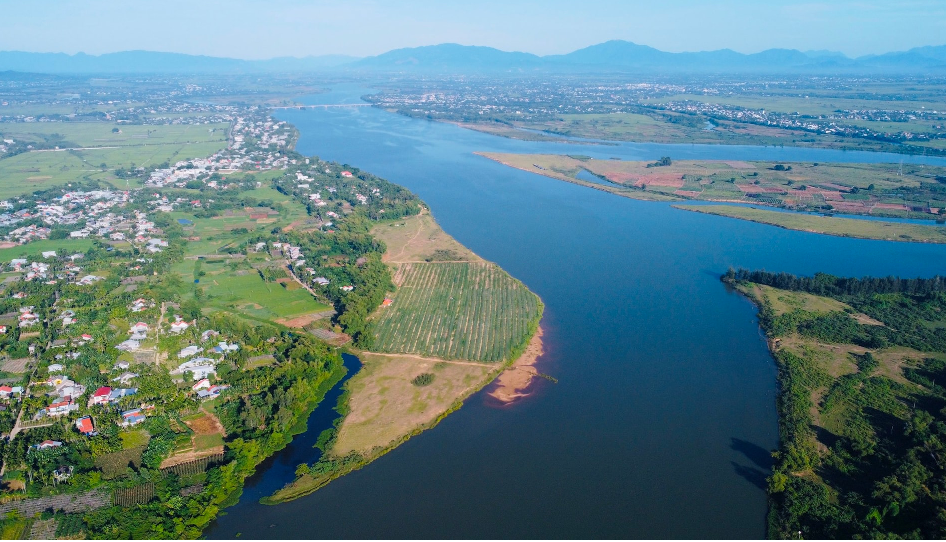Vietnam – Belgium: Cooperation to deploy advanced flood warning technology in Central Vietnam
G+ ( en.mae.gov.vn/vietnam--belgium-cooperation-to-deploy-advanced-flood-warning-technology-in-central-vietnam-8928.htm)
In response to increasingly erratic heavy rainfall and severe flooding caused by climate change, Vietnam is strengthening international cooperation to enhance early warning capabilities and disaster risk management using advanced technologies.
On June 24 in Da Nang, the Department of Dyke Management and Disaster Prevention (Ministry of Agriculture and Environment) coordinated with Hydroscan (Kingdom of Belgium) to organize a kickoff workshop for the project on Risk Management Platform for Extreme Rainfall Impacts in Rural and Urban Areas in Vietnam, funded by the government of Flanders, Belgium.
The project focuses on piloting the Flood4Cast® platform, an advanced flood warning and forecasting system using X-band radar technology, in the Vu Gia - Thu Bon basin, an area frequently hit hard by floods. This marks the first time X-band radar technology is being applied in Vietnam’s disaster prevention sector.

Speaking at the workshop, Mr. Nguyen Truong Son, Deputy Director General of the Department of Dyke Management and Disaster Prevention, stated: “The project goes beyond technical deployment. It also aims to shift public awareness, introduce innovative risk management approaches, and promote digital transformation in the disaster prevention sector.”
The project is part of a broader strategy to enhance technical cooperation between Vietnam and European partners in responding to extreme climate events. In the coming time, the Department plans to continue working with Belgium and related organizations to explore the potential for expanding the project model to other flood-prone areas, aiming to minimize human and property losses.
The adoption of cutting-edge early warning technologies like X-band radar is expected to strengthen Vietnam’s proactive disaster response capacity and contribute to building a more modern and sustainable climate risk management system.
K.Linh